Podcast: Play in new window | Download
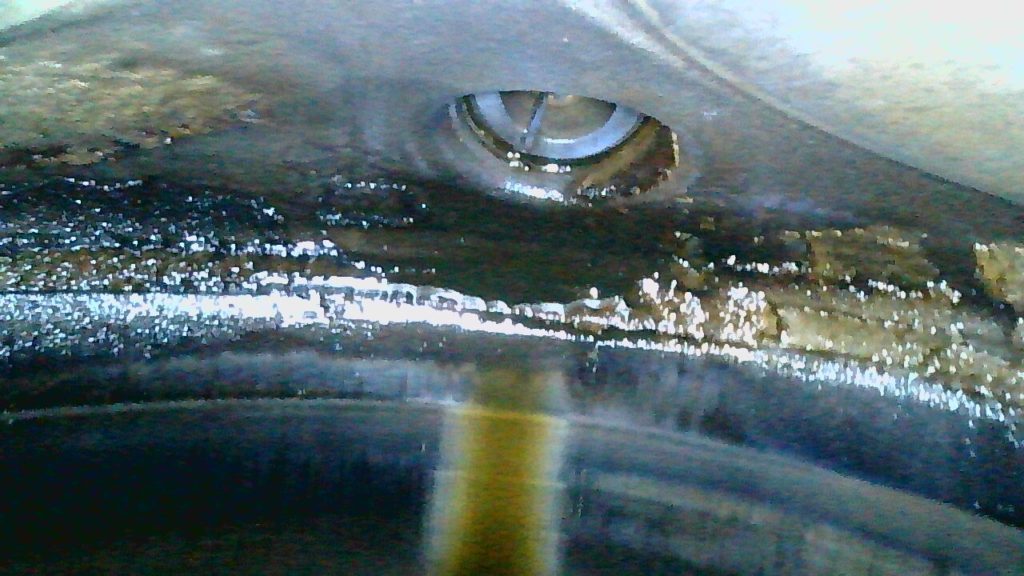
I got an email from Michael this past week. He owns a Mooney M20J, and something strange happened with cylinder #1’s EGT and CHT recently. Michael agreed to let me share the story, so that’s the main feature in this episode. The picture above is one Michael took with his borescope while looking for any obvious problems with the cylinder.
Before we get to that story, here are a few items I included in this episode:
- How I microwaved a fork, and nothing bad happened 🙂
- How I’ve been fighting the mice at Classic Aviation.
- The great people this week who either stopped by the shop to say hi, or who sent me an email or voice message:
- Mike, and his Cirrus SR22.
- Steve and Janet, and their Twin Comanche.
- Rudy and his Mooney M20J.
- Michael and his Mooney M20J. (This is the featured story in this episode.)
- A little follow up from the Piper Saratoga story I talked about in the last episode
- … and here’s the little basil plant that has become more interesting than I ever thought it would:

Here are a couple more samples from the excellent photos Michael took of cylinder #1 with his borescope:
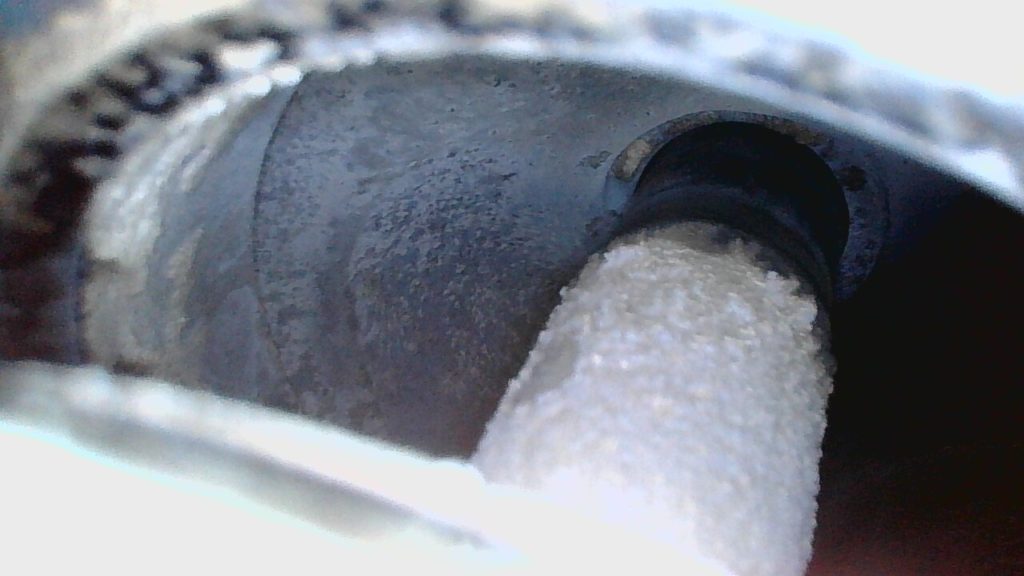
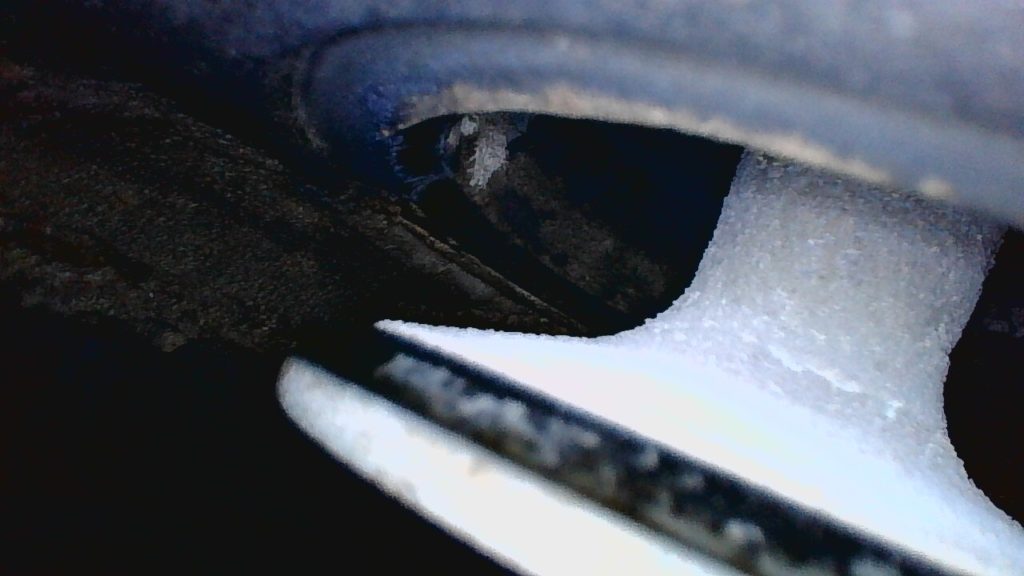
Finally, for those of you who love great books, especially books that use good aviation stories to teach life lessons, I have a good one to recommend.
John Ramstead has a new book coming out real soon called “On Purpose With Purpose.” From his days as an F-14 Tomcat pilot, to a near-fatal horse-riding accident, to his transition to a podcaster, speaker, and coach, John’s book is absolutely inspiring. I’ve already pre-ordered my copy, and I’ve been reading the digital version… it’s excellent!

Why don’t you join me in reading this book? Click here to buy your copy.
If you just want to learn more about the book, click here.
The post “173 – What’s Happening With Cylinder #1 in my Mooney M20J?” appeared first at AirplaneOwnerMaintenance.com



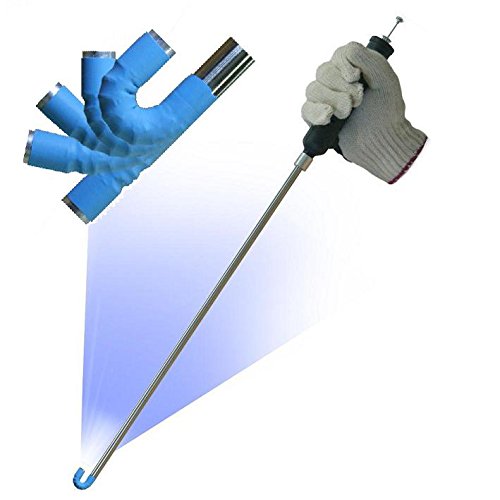
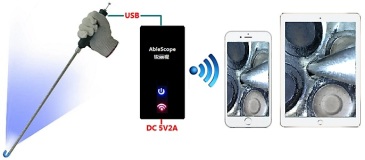

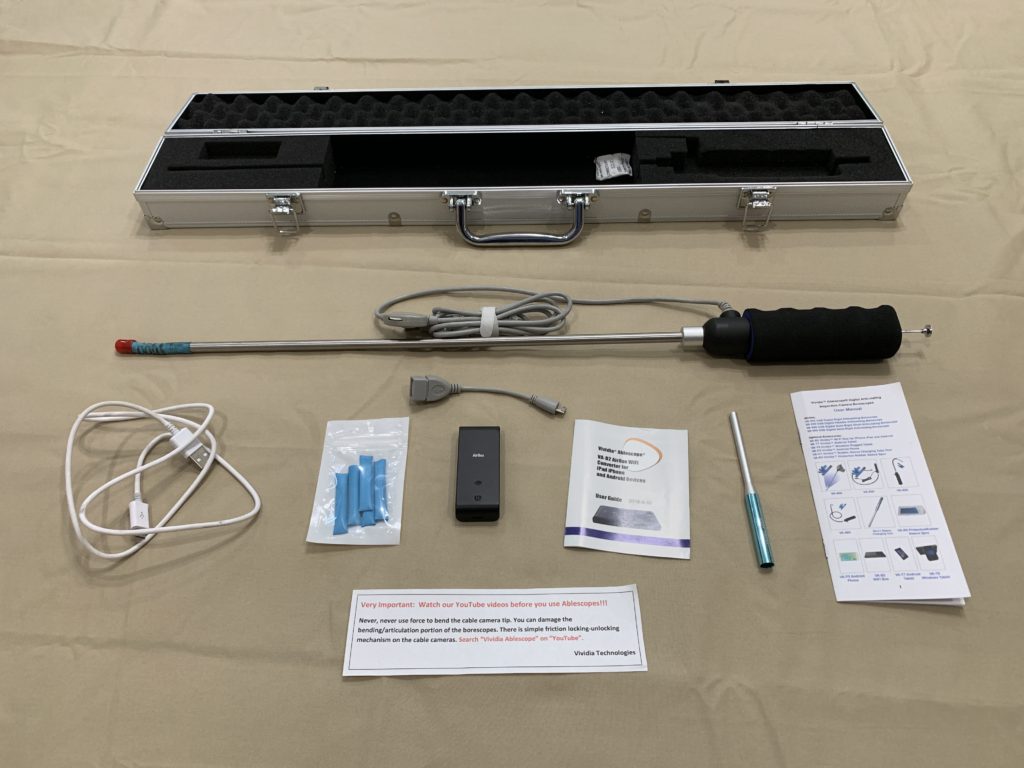
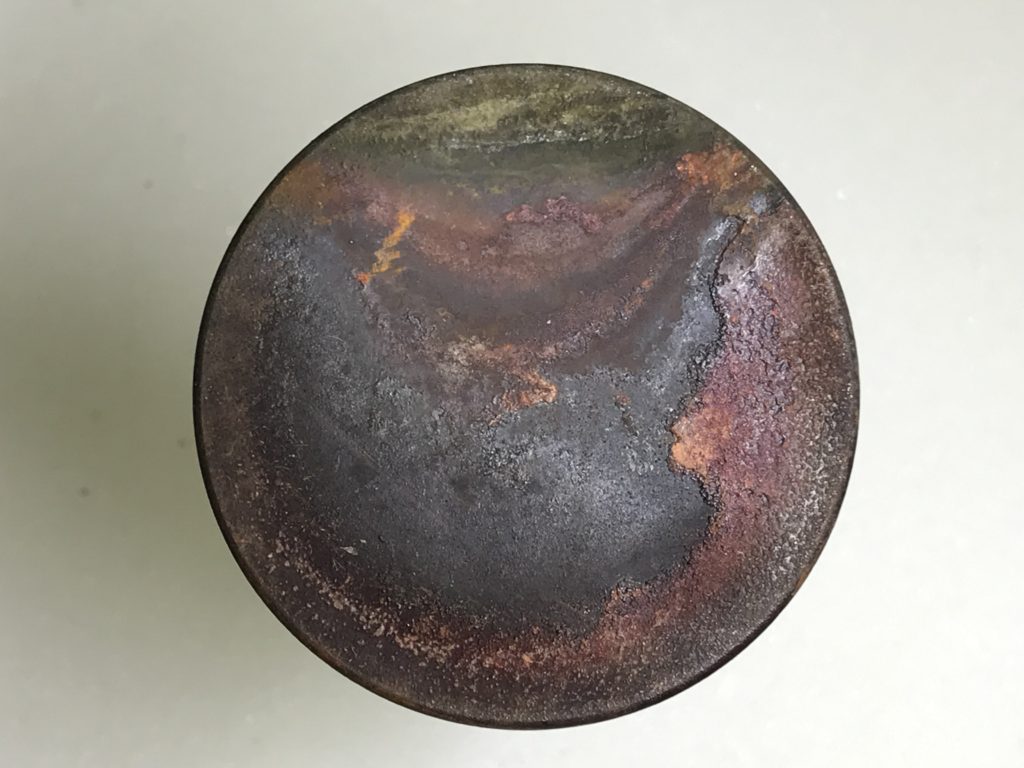

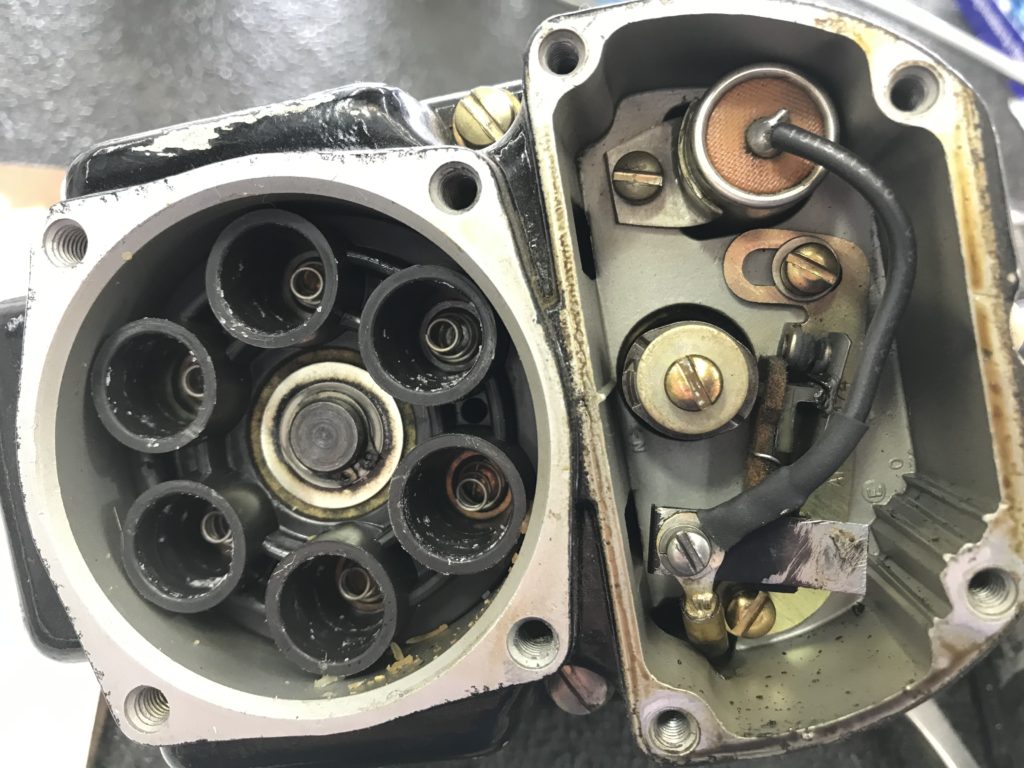

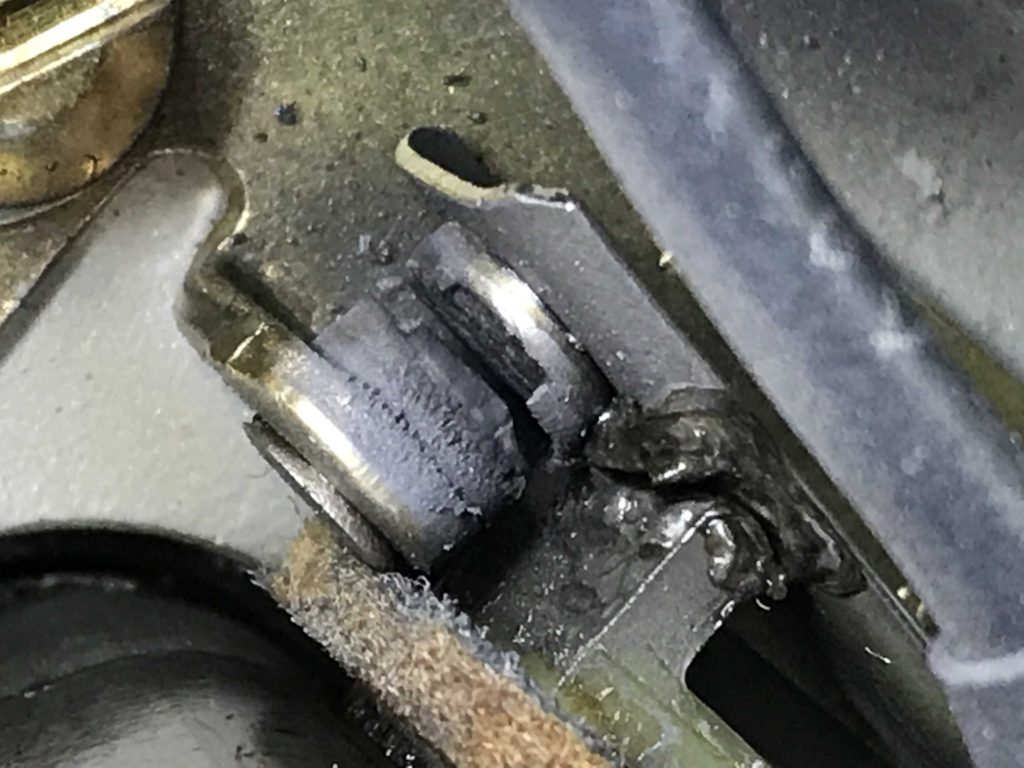


Recent Comments